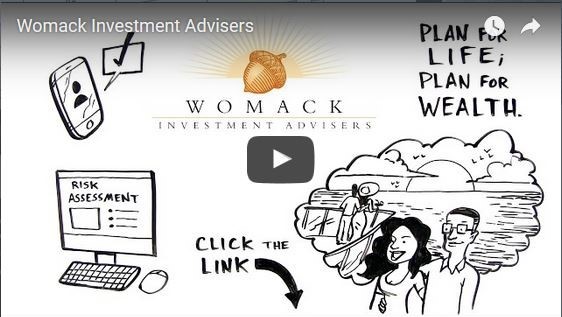There was good news and bad news in last week’s employment report.
The good news was the U.S. Bureau of Labor Statistics delivered better-than-expected data about employment. In July, the U.S. economy added about 1.8 million new jobs.
That’s about 300,000 more than the Wall Street consensus forecast, according to Jeff Cox of CNBC, who reported, “…there were wide variations around the estimates as the pandemic’s resurgence dented plans to get the shuttered U.S. economy completely back online. Forecasts ranged from a decline of half a million jobs to a rise of 3 million…”
The flip side of employment is unemployment. The U-3 unemployment rate, which reflects unemployed people who are actively seeking a job, declined in July. It has moved steadily lower during the last few months, from 14.7 percent in April to 10.2 percent in July. The U-6 rate, which includes unemployed, underemployed, and discouraged workers, has declined from 22.8 percent in April to 16.5 percent in July.
The bad news is that, despite declining unemployment numbers, the U.S. unemployment rate is now at 10.2 percent – a level that rivals unemployment during the 1981-82 recession and the Great Recession. On Friday, Matthew Klein of Barron’s explained:
“The July data were better than feared, but that doesn’t mean the U.S. economy is in good shape. The danger now is that the private sector’s slowing momentum will be exacerbated by ongoing state and local government retrenchment and the expiration of emergency unemployment benefits that had been supporting disposable income.”
It is possible emergency unemployment benefits will restart before Congress reaches agreement. On Saturday, President Trump issued an executive memo authorizing enhanced unemployment benefits of $400 a week. Three-fourths of the amount would be paid for with disaster relief funds. Regular unemployment benefits plus one-fourth of the emergency benefit would be paid by states.
It is also possible benefits won’t restart until Congress reaches agreement. “Although [President Trump] signed an order to provide enhanced unemployment benefits to millions of out-of-work Americans, it’s unclear if he has the authority to do so by executive order while side-stepping Congress. And, it could take months for states to implement,” reported Jessica Menton of USA Today.
Major U.S. stock indices finished higher for the week.
Womack Investment Advisers, Inc.
Oklahoma / Main Office: 1366 E. 15th Street - Edmond, OK 73013
California Office: 4660 La Jolla Village Dr., Ste. 100 - San Diego, CA 92122
Phone (405) 340-1717 - Toll Free (877) 340-1717


Comments
Post a Comment